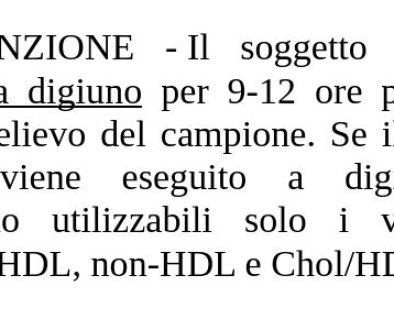Stare seduti al computer a lungo produce danni cervicali.
 Lo studio “Attività fisica, tempo di seduta, disabilità del collo e postura nei lavoratori che utilizzano terminali di visualizzazione visiva (VDT)” di Tania García-Remeseiro, Águeda Gutiérrez-Sánchez, Yaiza Taboada-Iglesias e Diego Alonso-Fernández ha preso in considerazione il dolore muscoloscheletrico perché è diventato un importante problema di salute pubblica. In particolare i lavoratori che utilizzano videoterminali (VDT) negli ultimi decenni hanno subito un aumento del dolore al collo. I ricercatori hanno valutato la disabilità cervicale e la postura nei lavoratori che utilizzano videoterminali (VDT).
Lo studio “Attività fisica, tempo di seduta, disabilità del collo e postura nei lavoratori che utilizzano terminali di visualizzazione visiva (VDT)” di Tania García-Remeseiro, Águeda Gutiérrez-Sánchez, Yaiza Taboada-Iglesias e Diego Alonso-Fernández ha preso in considerazione il dolore muscoloscheletrico perché è diventato un importante problema di salute pubblica. In particolare i lavoratori che utilizzano videoterminali (VDT) negli ultimi decenni hanno subito un aumento del dolore al collo. I ricercatori hanno valutato la disabilità cervicale e la postura nei lavoratori che utilizzano videoterminali (VDT).
Lo scopo dello studio è stato quello di analizzare la relazione tra attività fisica (PA), tempo seduti, postura e disabilità cervicale in una popolazione di adulti occupati che utilizzano un computer al lavoro.
Ottantotto ( 88 ) lavoratori con un’età media di 48,31 anni hanno compilato il Report sulle abitudini , sull’attività fisica e l’indice di disabilità del collo (NDI). La situazione posturale è stata valutata anche con un software .
È risultata una relazione significativa e inversa tra l’abitudine di praticare attività fisica (PA) e l’indice di massa corporea (BMI). Il 59,1% dei partecipanti ha un indice di PA moderato. È stata riscontrata una relazione statisticamente significativa tra l’NDI e il tempo che i lavoratori trascorrono seduti in una giornata lavorativa. Per tutte le analisi statistiche è stato stabilito un livello di significatività pari a p≤0,05.
I ricercatori hanno concluso che “L’aumento del tempo trascorso seduti produce un aumento della disabilità cervicale tra i lavoratori e non ci sono differenze significative tra il livello di attività fisica (PA) e gli angoli cervicali analizzati. La promozione della PA nel tempo libero e la riduzione del tempo prolungato e ininterrotto trascorso seduti al lavoro potrebbero essere uno dei mezzi per ridurre la morbilità muscoloscheletrica nella popolazione lavorativa.”






